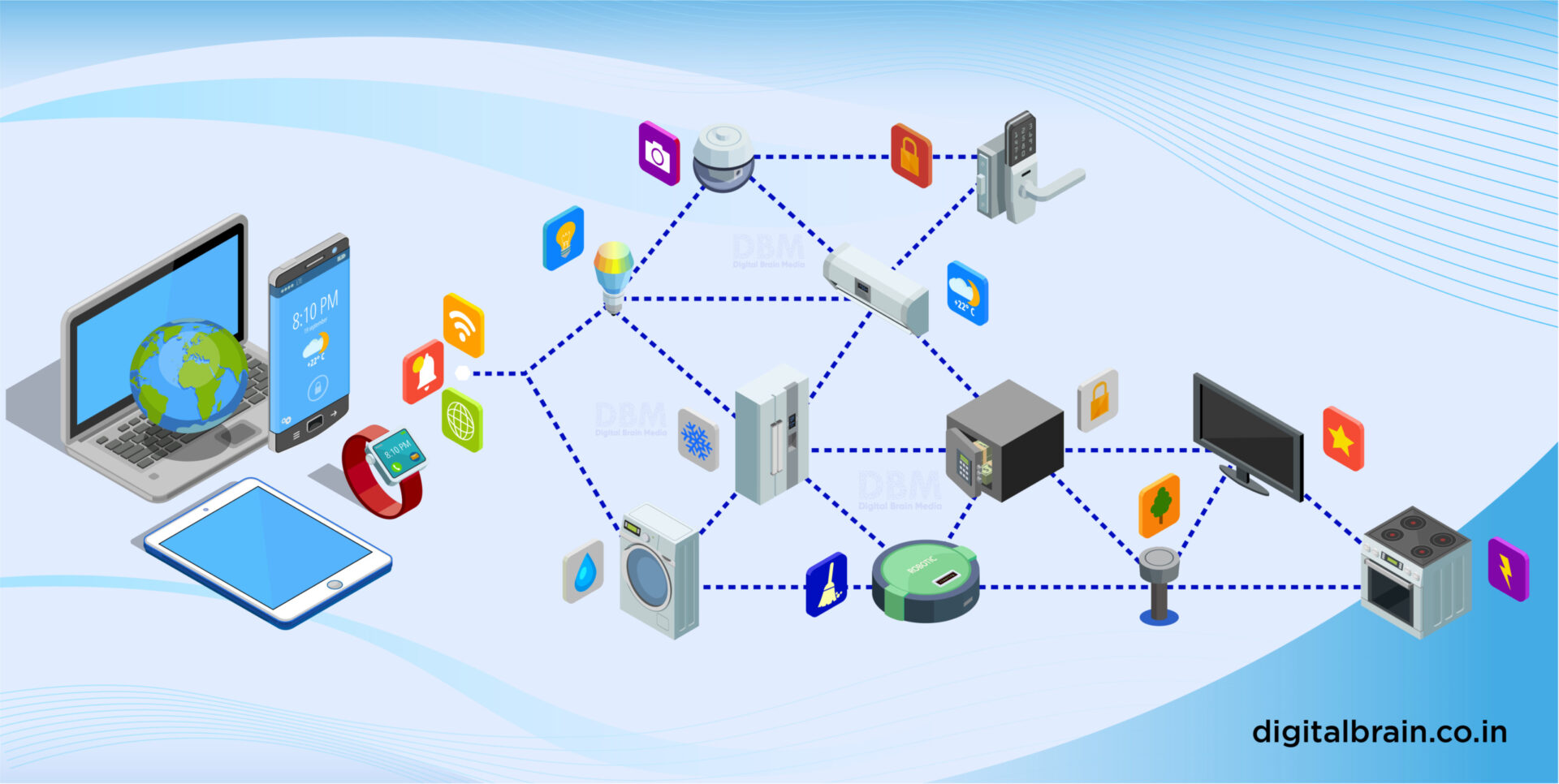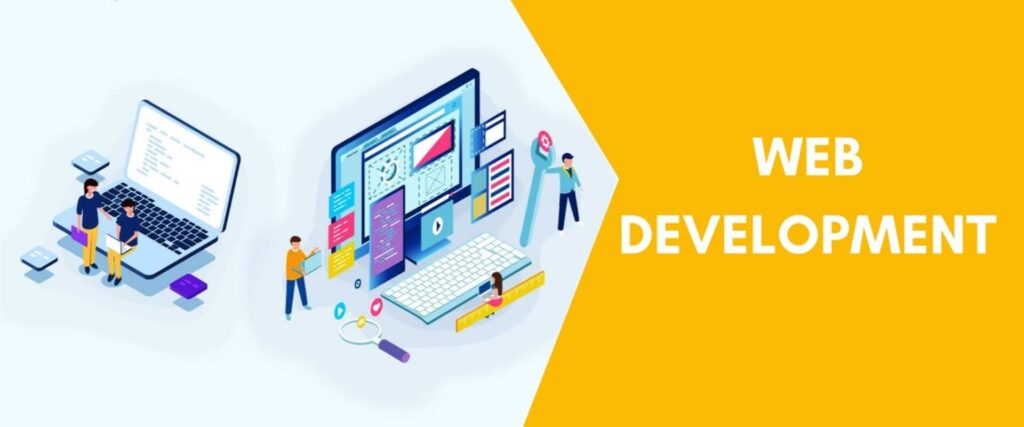
Specify The List Of Best Application Servers And Its Prominent Features?

The application server is defined as the server that is specifically designed to install, operate and host applications. There was a huge growth in the application server in the early days brought to the internet. Those applications became bigger and even bigger with the demand for adding more functionalities. Since there was a need for some kind of program on the network it will share app capabilities in an efficient and organized manner. However, at times it becomes difficult to withstand all such information. Hence reaching experts for application development like us will be a profitable deal. We are the top digital marketing agency to help businesses with their different needs be it in the development of apps, software development, server requirements, and even marketing approaches. We hold years of expertise and withstand a team of professionals to deliver the best outcomes.
“But in addition, we believe you should own some information about what services you are in need of. Like in the case of application servers, you must know what they are all about, how they work, and their types. Confused? Well, we will here help you to understand all of those.”
- What is an application server?

“An application server is a program that resides on both server-side. It is a server programmer delivering business logic behind any application. Here the server can be a part of the network or the distributed network.”
But if you are looking to know then here we go. In general server, programs are used to offer their services to the client program that either resides on the same machine or in the network. Further, if we talk about its working then it is a web-based application that has 2 tier architecture.
- Tier 1
This is a GUI interface that resides at the client end and is usually a thin client (e.g. browser)
- Tier 2
This is called the middle tier, which consists of the Application Server.
- Tier 3
This is the 3rd tier which is backend servers. E.g., a Database Server.
They usually communicate via a web server for serving any request coming from the client-side. Here the client first makes the request which goes to the web server. The web server then sends it to the middle tier (the application server) which then goes to the 3rd tier (database server) and then it sends it back to the web server.
In the next stage, the web server further sends back the required information to the client. Here different approaches are being utilized to process the request through a web server. Different approaches are JSP, CGI, ASP, Java Scripts, Java servlets, etc.
There are different uses of application servers mainly:
- A mechanism that helps in reducing the size and even complexity of the client programs.
- For the requirement to cache and control the flow of data for enhanced performance.
- A mechanism for implementing security for data.
- Different advantages of application server

There are several advantages that an application server comes with. Let us help you to know all of those.
- It offers a mechanism for dealing with all components and running different services like synchronous client notifications and session management.
- It is very easy to install in one place.
- Changing to any configuration means moving the database can be easily done centrally.
- It provides security to the application.
- It support the transactions stage.
- The application server greatly improves the performance of the application as it is based on a client-server model.
- Types of application server
Application servers are divided into 3 categories.
Active Application Server
- The type of server is used to offer a rich environment and support for business logic that is mainly involved on both server sides.
- It is generally expressed in the form of rules, components, and even objects.
- These types of servers are called stateful servers.
Web Information Server
- This type of server is used to generate pages for databases and this is mainly done by implementing HTML templates.
- These kinds of servers are known as stateless servers.
Component
Server
- This particular software plays a primary role in providing database access to software components namely COBRA, DLL, and Java Bean. It does provide support to transaction processing requests.
- Different types of application servers

Being a digital marketing service provider we do help our clients to adopt best measures when it comes to servers. It is the application server that can make your project run smoothly and with no defaults. Hence, here we will help you to know different types of application server.
4.1 Plesk
Plesk is a commercial web hosting and server data center automation software. It is developed for Linux and window based retail hosting service providers. It is developed by Plesk International GmbH and first went live in 2001. It is known for its security, usability, and even productivity and delivered timely solutions. Further, it has different features to offer.
- It advanced monitoring system and helps to stay in the loop n regards to the server and site availability.
- Its Grafana extension works in hand with an advanced monitoring system to chart info and stats to make it more understandable.
- Moving domain within subscriptions is for better security. In turn, it makes sense to separate sites, but at the same time, it is also helpful to keep your staging and even production sites.
- It is quite easier to perform the test, run dependencies, and even create a class map. Plesk can easily handle heavy loads.
4.2 Apache Tomcat
It is an open-source web server and a servlet container. It is developed by Apache Software Foundation and implements the Java servlet and also the Javaserver pages specification from Oracle. It offers a pure Java web server environment for Java-run code to run in. Further, it makes use of a single operating system.
- It makes use of Nonce to prevent cross-site requests as Apache contains a servlet filter that stores the nonce in the user session after every request has been processed.
- It ensures memory leak detection and protection as tomcat introduces special features through which memory leaks can be protected. This feature is intended for experts deploying an application to tomcat
Looking for an app development company?
4.3 Oracle WebLogic
Oracle WebLogic is yet another application server that mainly runs in the middle tier (between backend database and related application browser-based clients). Weblogic server mediates the trade of requests from the patron tier with responses from the backend-give-up tier. Weblogic server is primarily based on the java platform, agency edition (java ee) (formerly known as java 2 platform, employer edition or j2ee), the standard platform used to create java-primarily based multi-tier organization packages. Java ee platform technologies have been developed through the efforts of bea systems and other providers in collaboration with the primary developer, solar microsystems.
- It supports databases including Oracle Oracle MySQL Enterprise, Microsoft SQL Server, and IBM DB2.
- Support native integration with other middleware.
- Ensure to support security for a support model that separates security code from business logic.
4.4 LiteSpeed Web Server
It is known as proprietary web server software and known as the 4th most popular web server and is estimated to be used by 10% of the website. The software makes use of the same configuration format as those of Apache HTTP Server and is also compatible with most of the Apache features.
Released in 2006 and its market kept on increasing with its growing popularity. There are different features of LiteSpeed web server like.
- It holds the Apache features or we can say that it is compatible with it.
- It increases the performance and even stability.
- Ensure to increase server security
- The LSWS reduces hardware and support costs.
4.5 Wildfly
It is known as JBoss AS, or simply JBoss, an application server written by JBoss and now it is developed by Red Hat. Wildfly is mainly written in Java and implemented in Java Platform and it runs on multiple platforms. Wildfly is a flexible, lightweight, managed application runtime that facilitates you to construct brilliant applications.
- Building on Jakarta EE presents wealthy organization abilities in clean-to-eat frameworks that take away boilerplate and decrease the technical burden. The fast boot of wildly mixed with the easy-to-use arquillian framework lets in for test pushed improvement using the real environment your code could be going for walks in. Your take a look at the code is separate and deployed alongside your application where it has full entry to server assets.
- Wildfly takes an aggressive method of memory control and is based on pluggable subsystems that can be introduced or eliminated as wanted.
- Wildfly is an open-source community challenge sponsored by crimson hat(TM) and is to be had for use and distribution beneath the LGPL v2. 1 license which means that it’s available to download and use free of charge.
Conclusion
It is very necessary to choose which application server is best for your project and not. There are different application servers that you can undertake, however, it is all dependent upon your business requirements. We believe that there are different businesses to those of their needs. Hence it is better to at first undergo different application servers to explore their features and then adopt the right one.
Further, if you want to make your work smoother then we can help you with the right one. With our professionals, you can discuss your details and we would be one step ahead in serving you with the right application server. As a software development company, we are always one step ahead in delivering best outcomes to businesses.
Share Article:
Table of Contents


Effortless Inventory Control: Streamline Your Business with Our Customer-Centric Inventory Management Solution

Transform Your Online Presence with Premier Web Development Services in California


Related articles

Navigating the Digital Classroom: The Future of Online Learning Management Systems

Effortless Inventory Control: Streamline Your Business with Our Customer-Centric Inventory Management Solution
